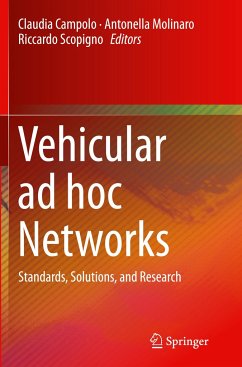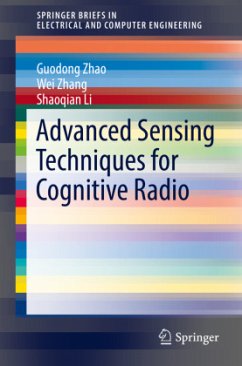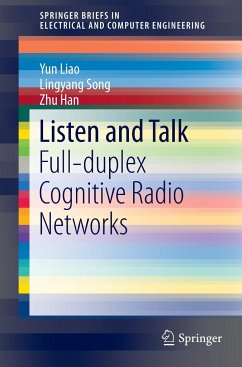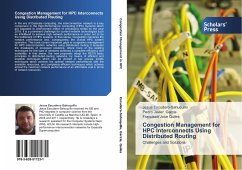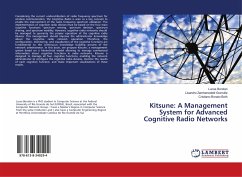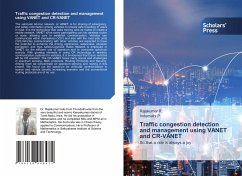
Traffic congestion detection and management using VANET and CR-VANET
So that a ride is always a joy
Versandkostenfrei!
Versandfertig in 6-10 Tagen
40,99 €
inkl. MwSt.

PAYBACK Punkte
20 °P sammeln!
The vehicular Ad-hoc network, or VANET, is for sharing of emergency and safety information among vehicles to ensure safe travelling of users in road. It is the technology that uses moving cars as nodes to create a mobile network, VANET turns every participating car into wireless router or node, allowing cars to establish communication. Vehicles can communicate within themselves (V2V) and also with the road side units (V2I).Vehicles communicating with other vehicles are expected to have the potential to enhance the driving experience, awareness, situation perception and thus safety.Cognitive Ra...
The vehicular Ad-hoc network, or VANET, is for sharing of emergency and safety information among vehicles to ensure safe travelling of users in road. It is the technology that uses moving cars as nodes to create a mobile network, VANET turns every participating car into wireless router or node, allowing cars to establish communication. Vehicles can communicate within themselves (V2V) and also with the road side units (V2I).Vehicles communicating with other vehicles are expected to have the potential to enhance the driving experience, awareness, situation perception and thus safety.Cognitive Radio Network is employed in VANET for the efficient use of spectrum and to overcome spectrum scarcity. With growing interests in using CR technology in wireless communication systems for vehicles, it is envisioned that future vehicles will be CR enabled. The CR-VANET faces many issues and challenges in spectrum sensing, MAC protocols, Routing Protocols and Security. Among them we concentrate on spectrum sensing and routing in this project. We found out the spectrum for vehicular communication in scarce and vehicle density increasing scenario and the conventional routing protocols are of no use.




